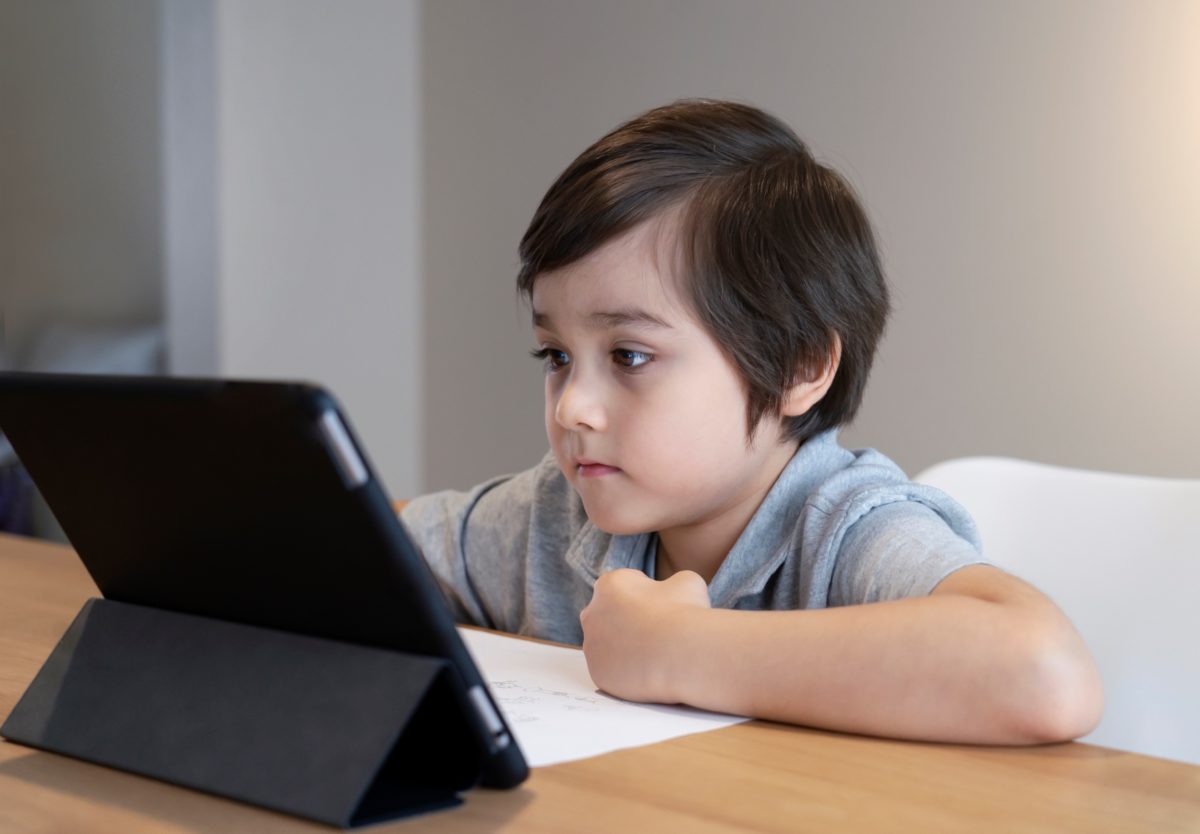As you and your child navigate the distance learning experience, a digital space that very well may be unknown territory for you both, working to build a fun and engaging learning environment is all the more important.
Your child’s academic success is closely tied to feelings of security and routine, but ensuring he or she is making the most out of this new experience will make the challenge of learning remotely easier and memorable in a positive, constructive way.
In building a foundation of fun and engagement for your child as you both continue to face the challenges of working and learning outside of the classroom, be sure to invite your child into the process. Find ways to incorporate his or her interests into the learning space, and proceed with a plan that strives to achieve a balance between your child’s unique sets of needs and wants. In order to be successful, your child should feel like an active participant in the establishment and maintenance of the learning environment, and having conversations about the type of space he or she would like to learn in is the first step in the process.
Encourage critical thinking skills through educational games and exercises. Incorporating games into your child’s learning is one of the easiest and most effective ways of making the distance learning experience more engaging. There are number of free resources available online, and you may even be inspired to create your own off-line activities and games after perusing content. Here are a few resources to get you started:
1.ABCmouse Early Learning Academy, a leveled multi-subject program featuring self-guided lesson learning for children ages 2-8
2.Boddle, a personalized math program for students in grades 1-6
3.CreositySpace, an inquiry-based science learning platform for students in grades K-5
In addition to making the curriculum more engaging, incorporating time for play grants your child the breaks that are crucial to staying focused and attentive over longer periods of time. Create a schedule for your child’s day, setting aside ample study and learning time while ensuring frequent breaks throughout the morning and afternoon.
Divide the non-academic hours by educational and non-educational activities. For example, one break hour might be dedicated to educational screen time on a tablet or computer with another to exercising outside. By striving to achieve a balance between an engaging learning experience and fun, your child is more likely to be successful in his or her new digital learning environment.



